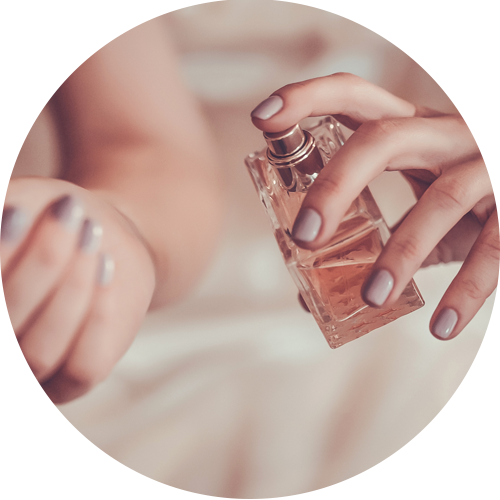How is a perfume created? Are only flowers used? What are the most prized ones? Are there other raw materials that are used in the formulation? How is a perfume constructed? What are the differences between eau fresh, eau de toilette and eau de parfum? Which perfumes are the most suitable for daytime and nighttime? For winter and summer? What is the correct way to apply perfume?
These and other questions are answered by Agnès Mazin, one of our expert “noses” here at CRAMER, in a three-part video series we are pleased to share with you this week.
In the first, she introduces us to the world of perfumery, explaining what the perfumer’s palette consists of and what raw materials are most commonly used in creating a fragrance, whether natural or synthetic in origin, with an emphasis on flowers, herbs, woods, spices and resins. She also demystifies the stigma around synthetic raw materials, because—today—the vast majority of them are synthesized to be identical to their natural counterparts.
In part two of the series, Agnès Mazin reveals how a perfume is constructed, describing the levels and characteristics of its olfactory notes. She then shares her approach to selecting a fragrance, which, she says, should be based on criteria like the personality of the consumer. Referring to fixation, our expert explains how decisive a person’s pH is, and gives us her opinion about the trend towards using different kinds of fragrances at different times of the day or year.
Lastly, in the third video of the series our expert nose tells us the correct way to apply perfume, identifying strategic points on the body that highlight the fragrance’s olfactory intensity and permanence, making it last longer.






